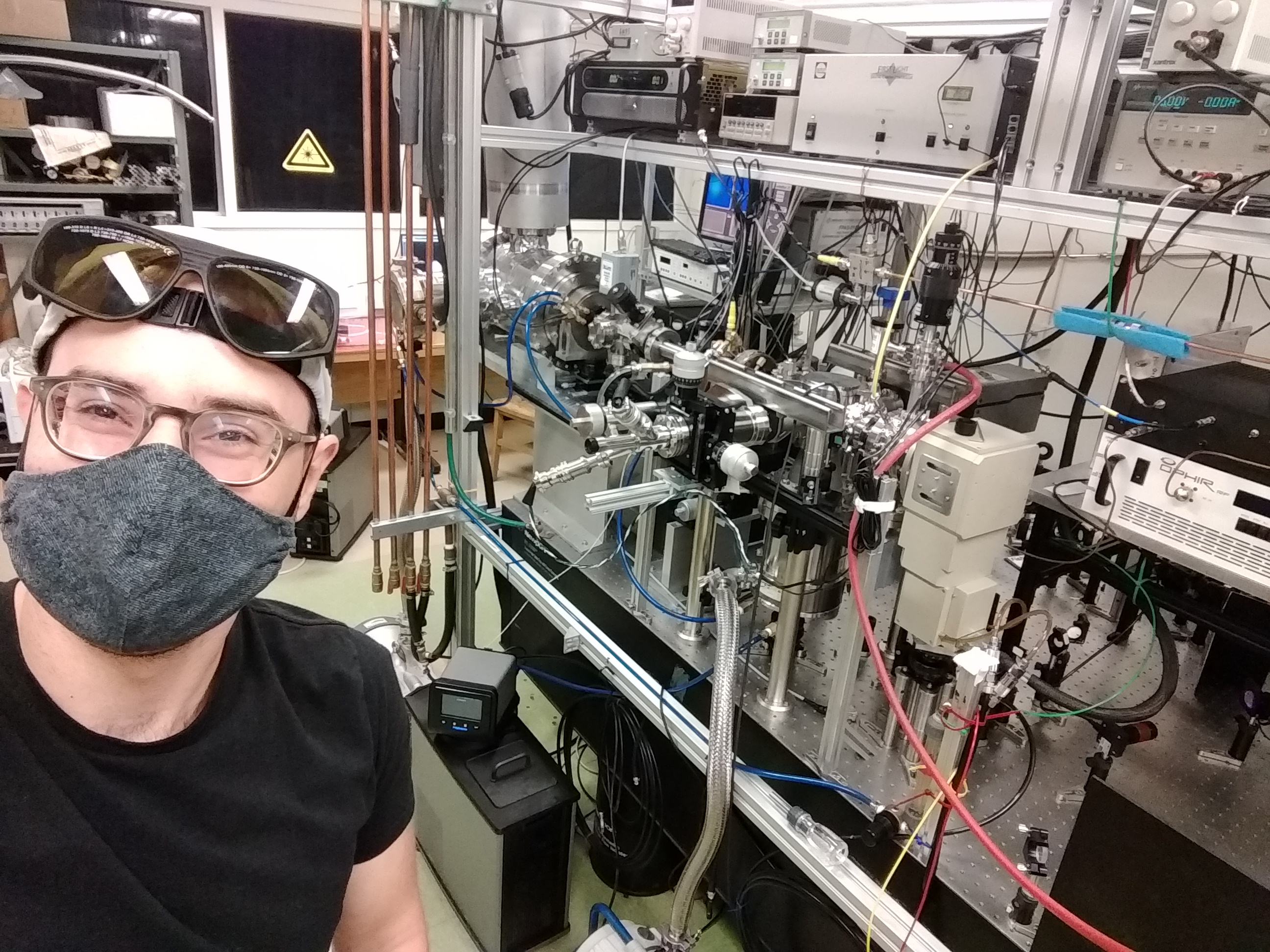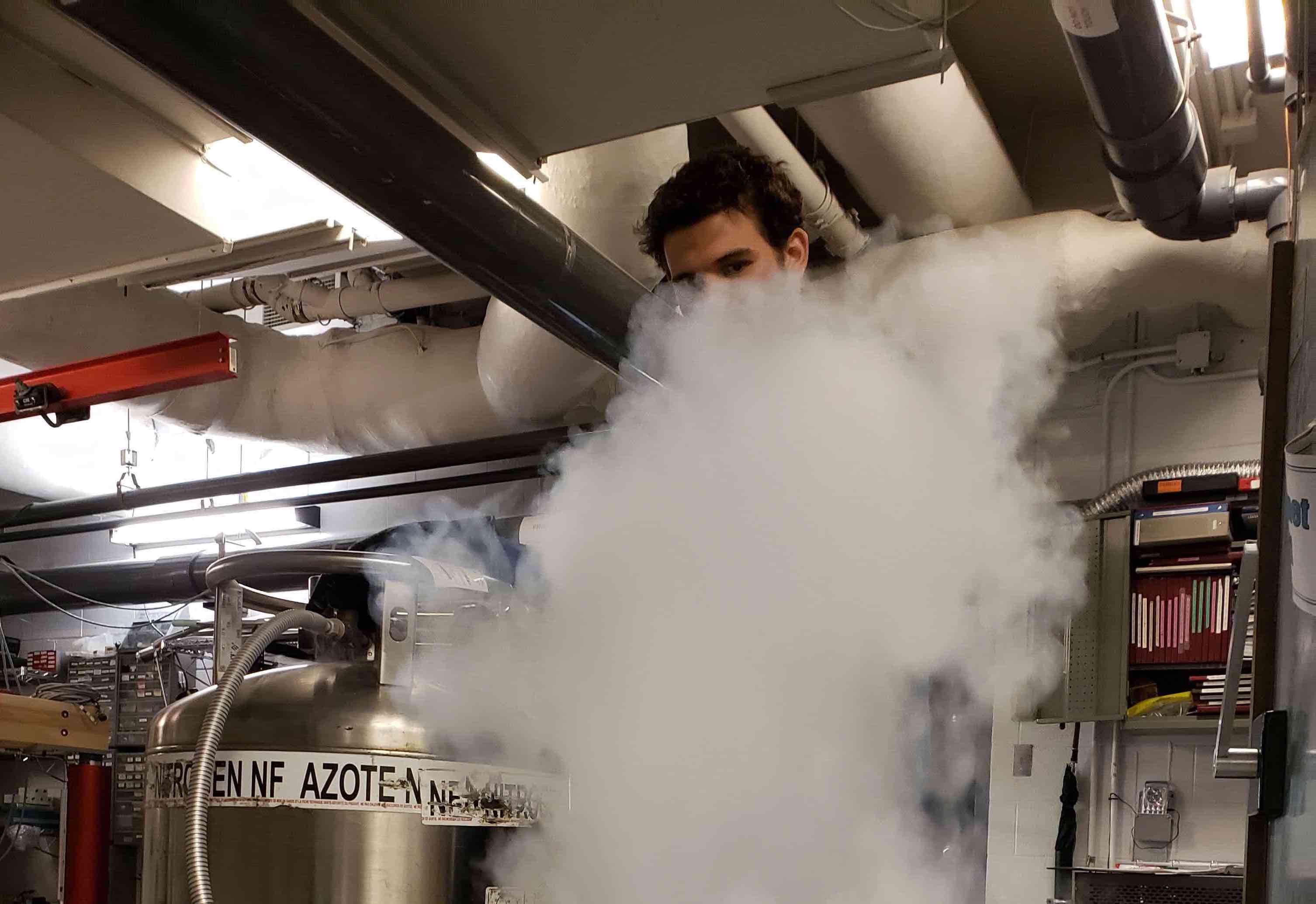Centre for the
Physics of
Materials
How do the materials of tomorrow work?
Society's march of progress has been locked to our understanding of the way materials work and to what degree we can control these properties for new applications. The Centre for the Physics of Materials (CPM) brings together world class research groups here at McGill to advance our fundamental understanding of the physical processes responsible for material properties, and apply these properties to create new technologies useful for society.
CPM is part of the Regroupement Québécois sur les Matériaux de Pointe (RQMP), which encompasses researchers at the Université de Montréal, École Polytechnique, Université de Sherbrooke, and McGill. The current co-Directors of CPM are Prof. Tami Pereg-Barnea and Prof. Bradley Siwick.
The Centre gratefully acknowledges funding from the Fonds de Recherche du Québec - Nature et Technologies (FRQNT), McGill Office of the Vice-Principal (Research and Innovation) and McGill Faculty of Science.
NEWS
Back in the lab!
27/07/2020: RQMP get-togethers
Student-led virtual seminars brought us together during COVID times, every Monday during the summer months! We now wrap up the series and take a break. Sincere thanks to Benjamin Levitan for organizing!
19&20/05/2020: RQMP Annual Meeting
Two days of scientific discussions with our fellow RQMP colleagues at Université Sherbrooke, Université de Montréal and École Polytechnique. This year theme was on Quantum Materials and for the first time it was in a 2 days format. On Tuesday, we had 130 participants during our keynote lecture with Dr. Leon Balents from UCSB. On Wednesday, we had 34 talks divided in 3 parallel sessions. We had between 30-40 participants per session. Thanks to organizers for a great Grande Conference and thanks to sponsor Systems for Research for providing awards for best student presentations!
Recent publications in 2020
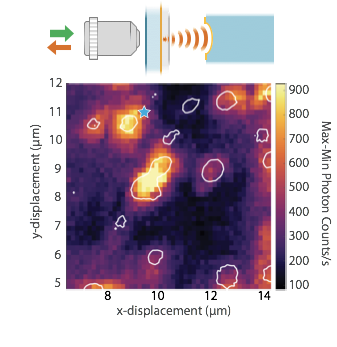
Childress' group and collaborators demonstrated cavity funnelling of photons from single germanium-vacancy defect centers in diamond.
Published in Phys. Rev. Applied.
The Grütter group in collaboration with Cooke demonstrate that atomic force microscopy can time-resolve optical forces on the nanoscale with sub-cycle temporal precision.
Published in Proc. Nat. Acad. Sciences.
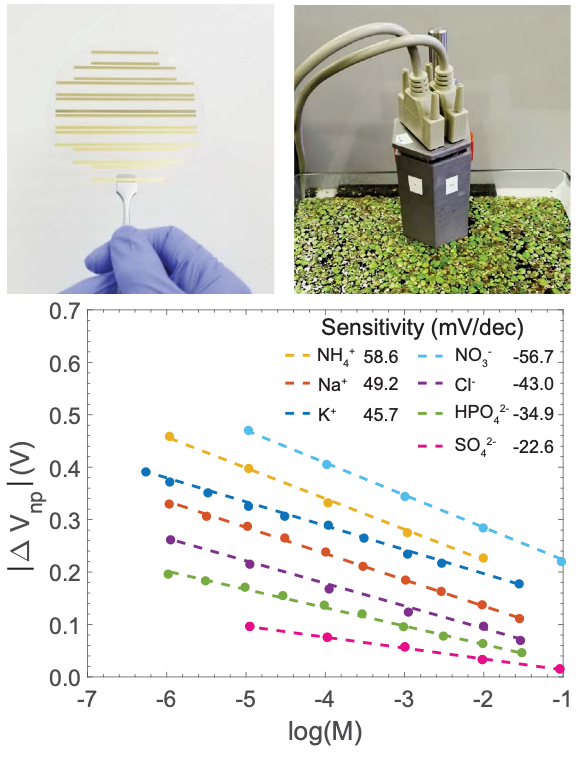
The Szkopek group demonstrates a new high resolution ion sensitive field effect transistors (ISFETs) based on large area graphene field effect transistor arrays.
Published in Nature Communications
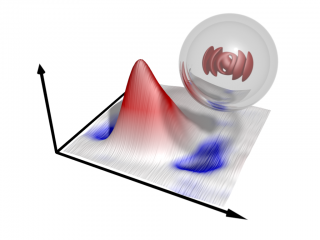
The Khambampati group shows 2D electronic spectroscopy can quantify nanoscale disorder arising from atomic fluctuations.
Published in Proc. Nat. Acad. Sci.
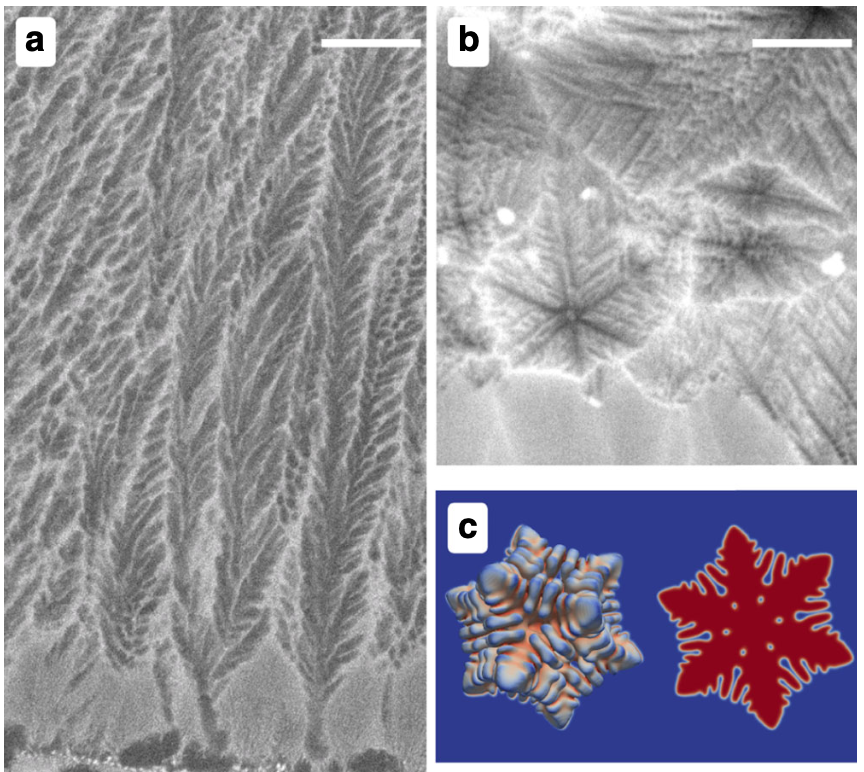
The Provatas group shows phase field modelling, molecular dynamics and experiments are used to study anisotropy of the solid-liquid (SL) interfacial free energy in Al-Sm alloys.
Published in Nature Communications

The Coish group used first-principles density functional theory calculations with k.p theory and a group theoretic analysis to give an accurate microscopic description of the hyperfine tensors for electrons and holes in GaAs and silicon for the first time.
Published in Phys. Rev. B

The Guo group and collaborators document a route for a robust, transferable 3D-nanoscale optical and structural analysis in modern nanoscale materials and devices.
Published in Advanced Optical Materials
